29 Rare Photos Of Miami

Miami is known for its sun-soaked beaches, vibrant nightlife, and colorful art deco skyline. But beyond the postcard-perfect scenes lies a side of the city you rarely get to see.
These photos peel back the curtain on hidden corners, forgotten moments, and unexpected glimpses of Miami that even locals might have missed.
Prepare to explore a city full of surprises, where every snapshot tells a story you never knew existed.
1. The Original Miami Beach, 1915
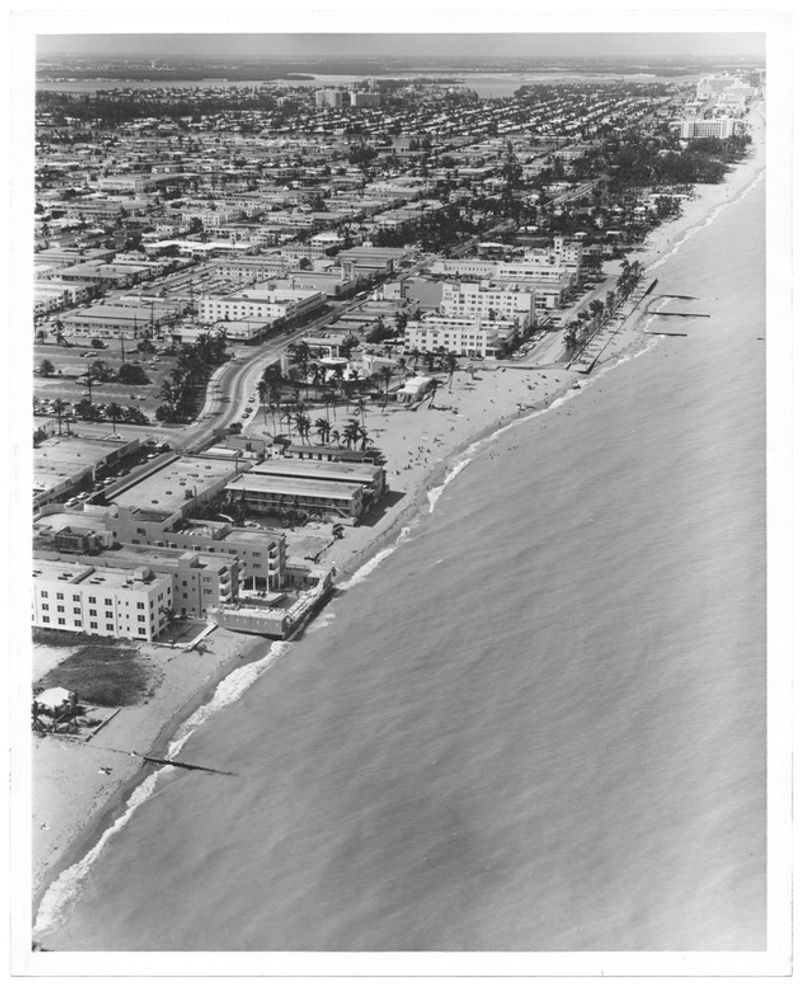
Before the art deco buildings and celebrity hotspots, Miami Beach was barely recognizable.
This rare photograph captures the pristine shoreline when only a handful of structures dotted the landscape.
Local fishermen would gather here at dawn, casting nets into waters teeming with fish.
The beach still featured its natural vegetation and dunes, a stark contrast to today’s manicured coastline.
2. Prohibition-Era Rum Runners, 1925
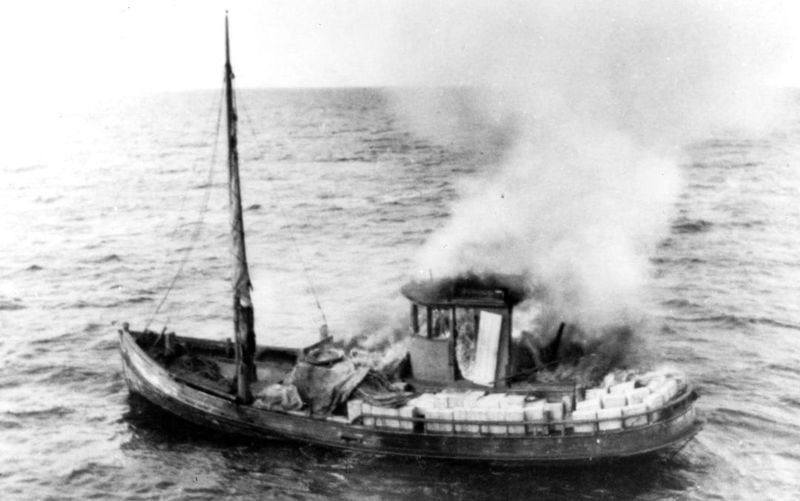
Speedboats loaded with contraband liquor were a common sight during Miami’s Prohibition heyday. Daring smugglers outran Coast Guard vessels, bringing Caribbean rum to thirsty Miamians.
Local legends claim these bootleggers knew the waterways better than their own homes.
Many wealthy Miami families secretly owe their fortunes to these risky maritime ventures that thrived in the sheltered coves and mangrove forests.
3. The Great Miami Hurricane, 1926

Devastation stretched as far as the eye could see after the catastrophic hurricane of 1926. Wooden buildings splintered like matchsticks while concrete structures stood partially gutted.
Residents wandered shell-shocked through streets littered with debris.
This disaster nearly bankrupted the city during its first real estate boom, forever changing building codes and hurricane preparedness in South Florida.
4. Flagler Street Parade, 1930s
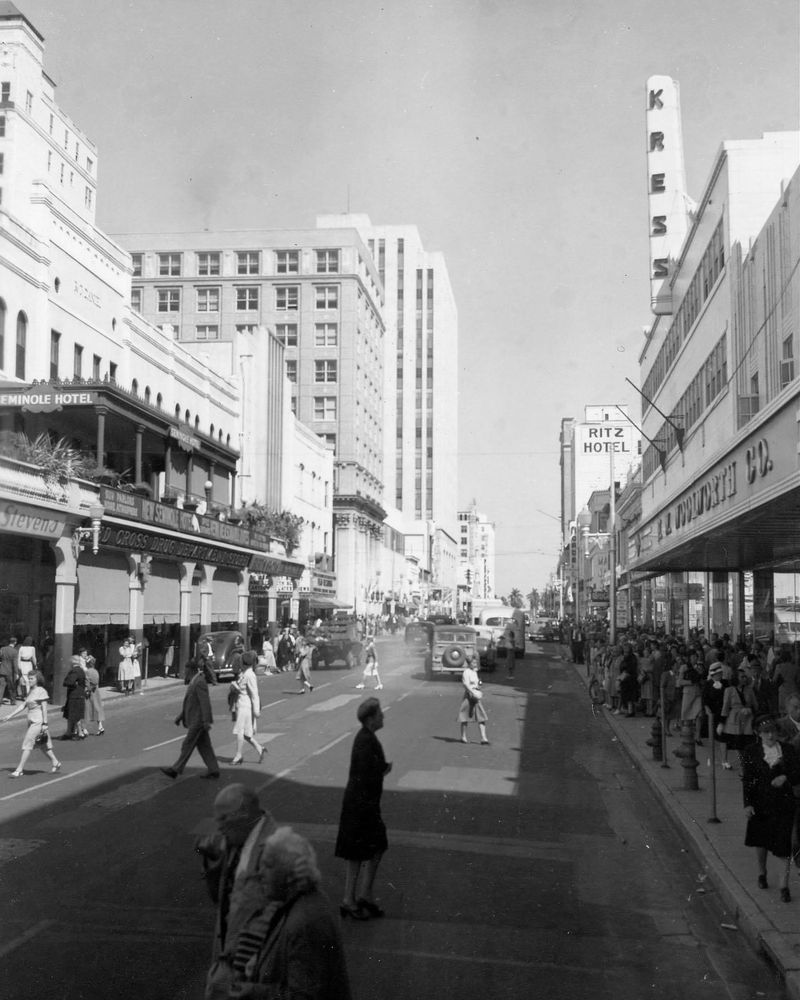
Confetti rained down on Flagler Street as Miami celebrated the end of Prohibition. Vintage automobiles crawled through crowds dressed in their Sunday best, honking horns in jubilation.
Local businesses decorated their storefronts with American flags and handmade signs.
The mood was electric despite the lingering Depression—Miamians always found reasons to party, a cultural trait that continues to define the city’s spirit.
5. Al Capone’s Miami Mansion, 1928
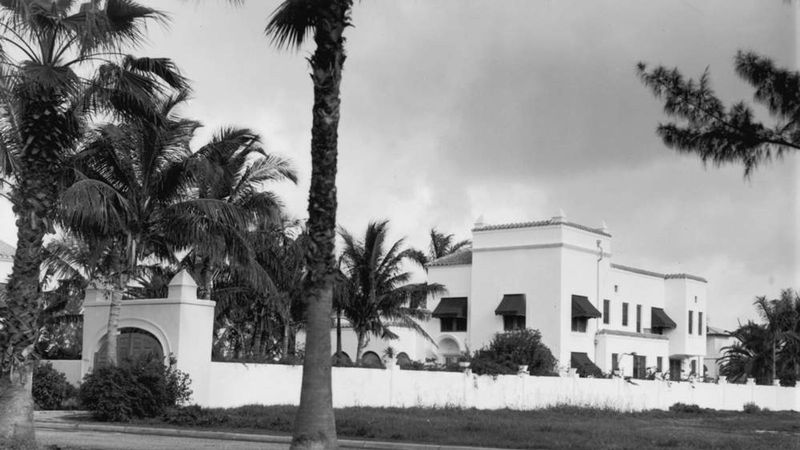
America’s most notorious gangster found paradise on Palm Island.
Capone’s lavish waterfront compound featured armed guards patrolling the perimeter while Miami’s elite pretended not to notice their infamous neighbor.
The mansion boasted a swimming pool that cost a staggering $70,000 to build—roughly $1.1 million today.
Local lore claims underground tunnels connected to the bay, allowing for quick escapes or discrete midnight deliveries.
6. Everglades Airboat Pioneers, 1940

Gliding through sawgrass with improvised propellers, these Gladesmen revolutionized Everglades transportation.
Homemade airboats constructed from airplane parts and car engines became the signature vehicle of Florida’s frontier.
Seminole guides led hunting expeditions and early tourism ventures into previously inaccessible wetlands.
Their knowledge of hidden waterways and wildlife patterns proved invaluable during World War II when the military trained in these challenging environments.
7. Stiltsville’s Heyday, 1950s
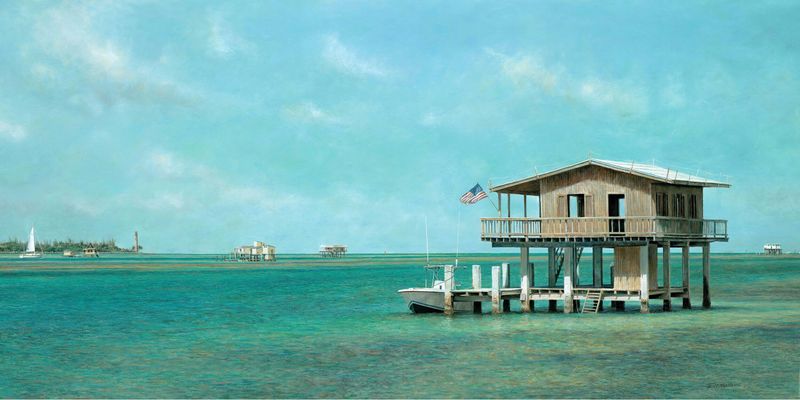
Floating above Biscayne Bay’s shallow waters, these wooden houses on stilts became Miami’s most exclusive party spots.
Accessible only by boat, Stiltsville clubs operated beyond city jurisdiction, offering gambling, drinking, and revelry.
Celebrities and politicians mingled with locals in these rustic structures.
Hurricane Betsy destroyed many of the original buildings in 1965, but this rare photo captures the vibrant community at its peak, with colorful flags fluttering above the turquoise waters.
8. Cuban Exiles Arriving, 1960

Clutching suitcases containing their entire lives, Cuban families disembarked at Miami’s docks following Castro’s revolution.
Their faces reflect both relief and uncertainty about starting over in a foreign land. Local volunteers distributed food and supplies to the newcomers.
This watershed moment transformed Miami’s cultural landscape forever, injecting Cuban music, cuisine, and language into the city’s DNA and eventually reshaping its political identity.
9. Jackie Gleason’s Miami Beach Show, 1964

Television history happened weekly at the Miami Beach Auditorium when Jackie Gleason relocated his variety show from New York.
Glamorous guests arrived in convertibles while locals lined up for tickets to witness live broadcasts. Gleason’s famous catchphrase “How sweet it is!” referred to Miami Beach itself.
His national platform showcased South Florida’s palm trees and sunshine to millions of winter-weary northerners, fueling tourism and relocation that transformed the region.
10. Muhammad Ali Training on Miami Beach, 1965
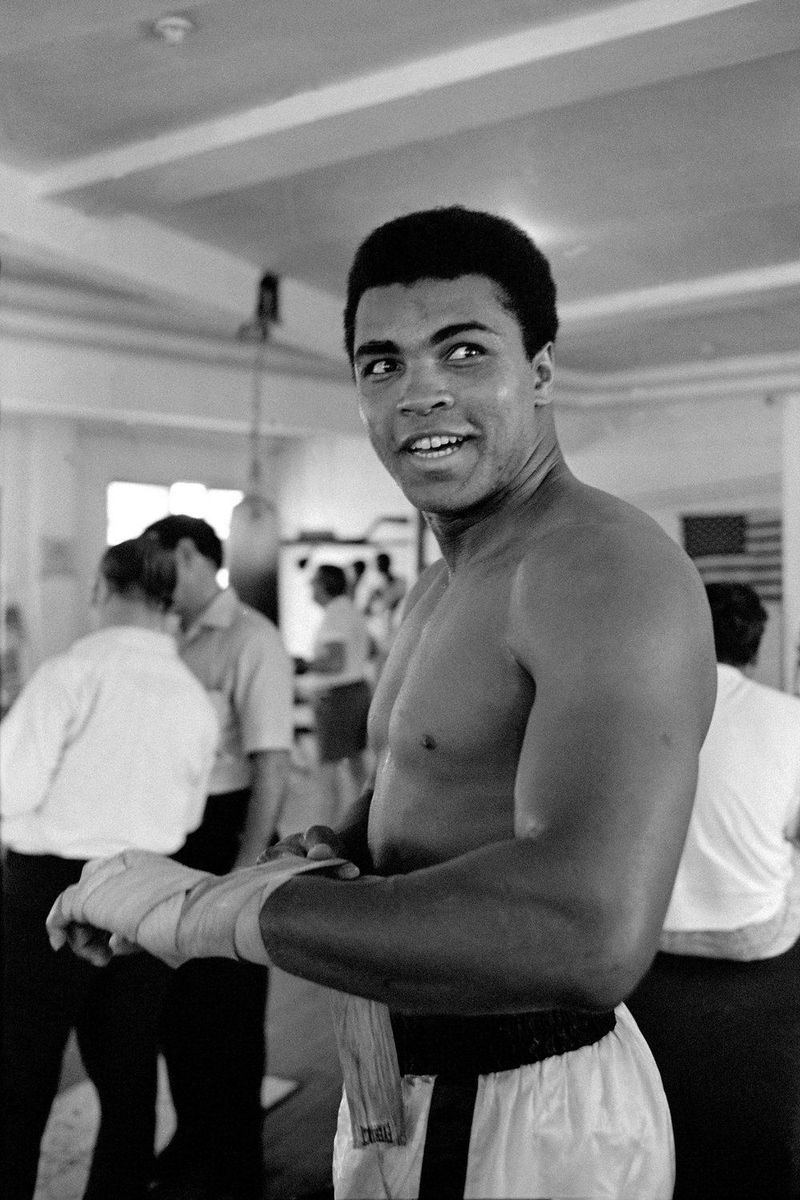
Morning joggers stopped in their tracks when Muhammad Ali conducted his legendary beach workouts.
The young heavyweight champion chose Miami as his training headquarters, attracting crowds of admirers every day.
Local kids would sometimes join his running routines along the shoreline.
This candid shot captures Ali shadow-boxing near 5th Street, with curious onlookers maintaining a respectful distance from the charismatic fighter who’d recently changed his name from Cassius Clay.
11. The Beatles’ Secret Miami Vacation, 1964
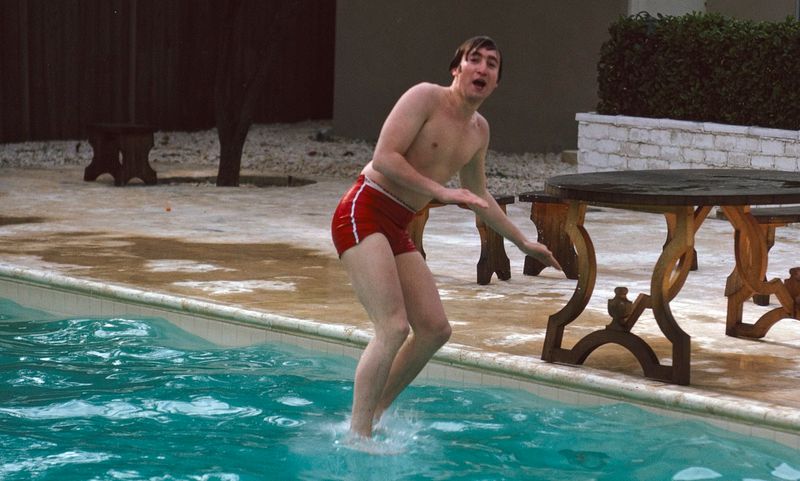
Between tour dates, the Fab Four escaped to Miami for a rare moment of normalcy.
This candid snapshot shows the Beatles’ relaxing poolside at the Deauville Hotel, momentarily free from screaming fans. Local teenagers somehow discovered their location.
Hotel staff worked overtime to maintain the band’s privacy while accommodating their unusual requests—including importing British tea brands and setting up impromptu recording equipment in their suite.
12. Original Orange Bowl Parade, 1950s
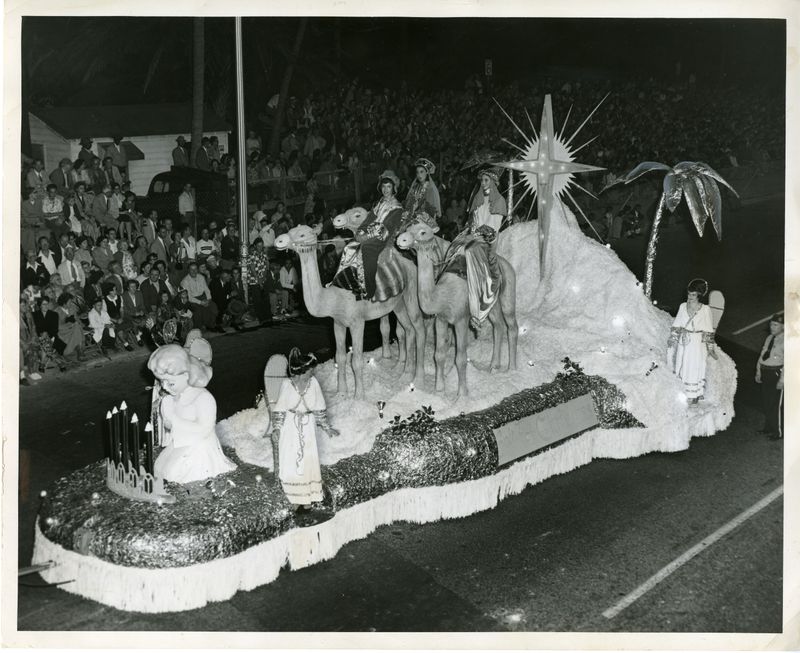
Massive citrus-themed floats paraded down Biscayne Boulevard during Miami’s signature celebration.
High school bands from across America competed for the honor of performing in this nationally televised spectacle.
Elaborate costumes and choreography showcased Miami’s growing cultural diversity.
The Orange Bowl Parade rivaled Macy’s Thanksgiving event in scale and popularity before ending its 62-year run in 2002, making these vintage images particularly valuable to Miami’s collective memory.
13. Miami Marine Stadium Opening Day, 1963
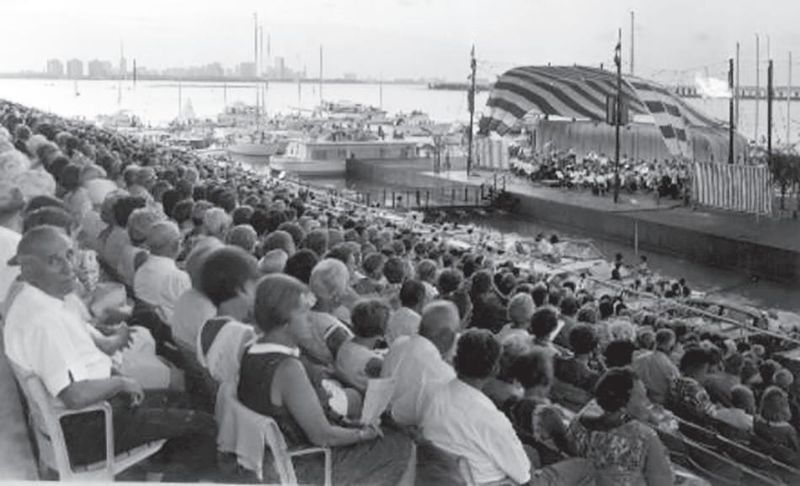
Powerboat racers roared past the newly completed concrete grandstand while spectators gasped at the architectural marvel.
The first purpose-built venue for powerboat racing in America, this stadium symbolized Miami’s modernist ambitions.
Designed by Cuban-born architect Hilario Candela, the cantilevered roof seemed to defy gravity.
Celebrities mingled with local families on opening day, establishing a tradition of waterfront entertainment that continued until Hurricane Andrew damaged the structure in 1992.
14. Freedom Tower Welcoming Cuban Refugees, 1962
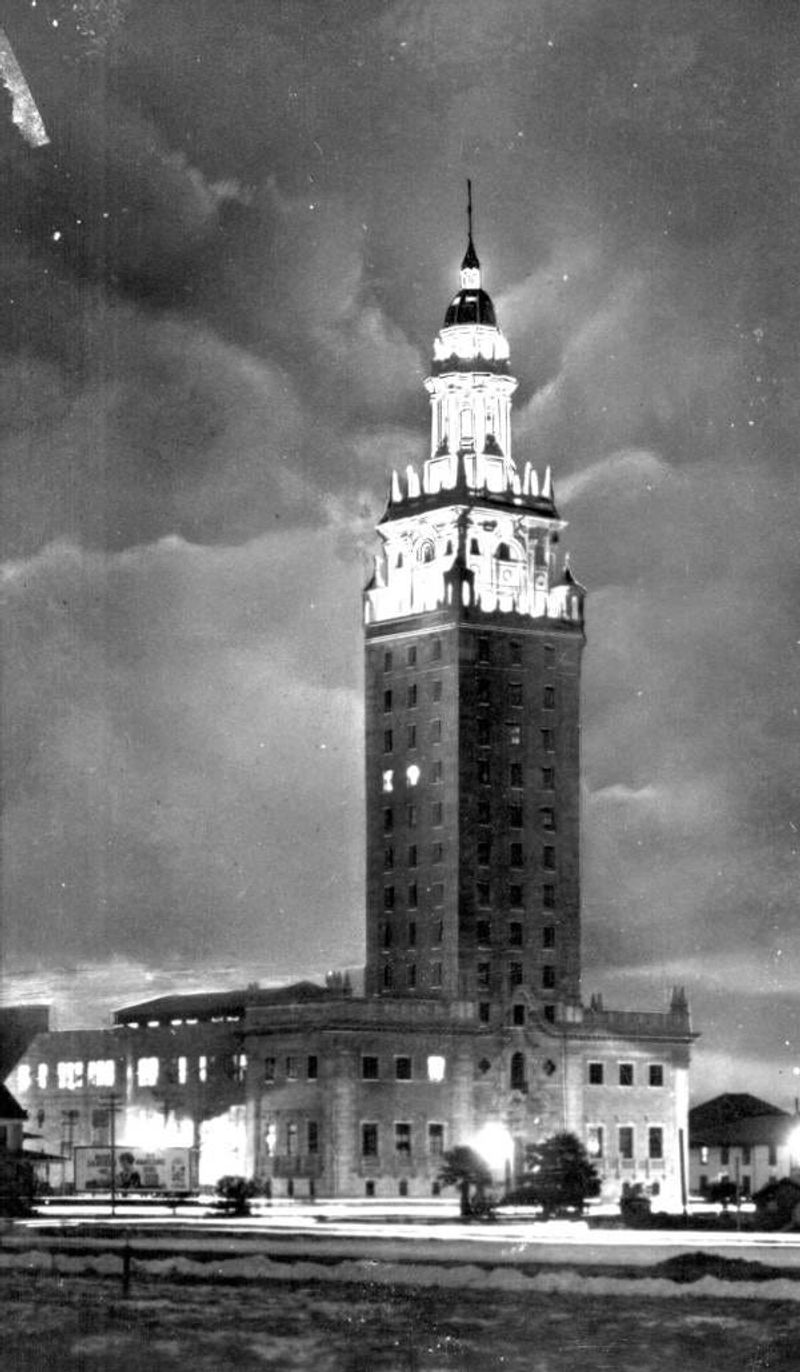
Lines stretched around the block as Cuban refugees waited to process their paperwork inside Miami’s Freedom Tower.
Once home to the Miami News newspaper, the Mediterranean Revival building became America’s Ellis Island for Cuban exiles.
Inside, government workers distributed food stamps and medical assistance.
15. Julia Tuttle’s Original Homestead, 1896
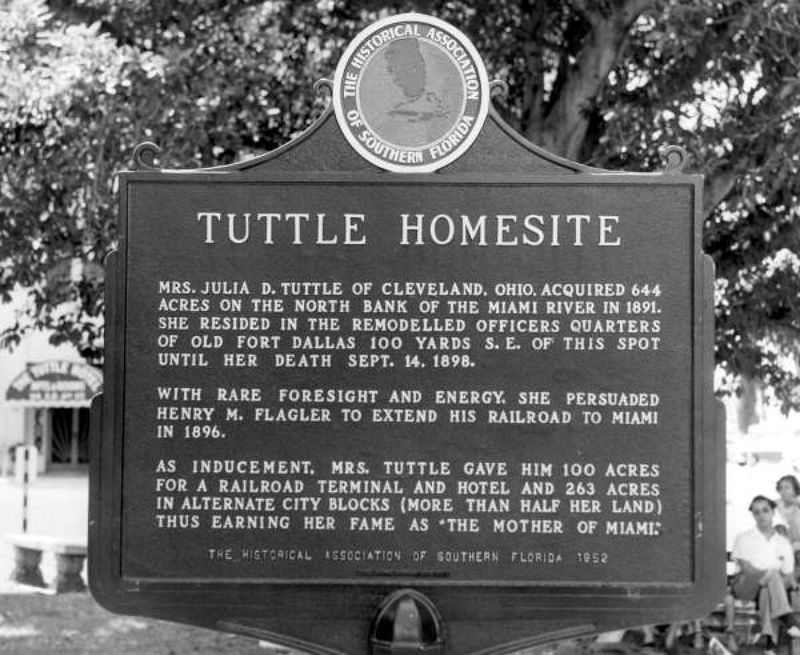
Julia Tuttle convinced railroad magnate Henry Flagler to extend his railway to Miami after sending him fresh orange blossoms during a devastating freeze further north.
Her wooden house overlooked the Miami River near today’s downtown.
Native Americans regularly visited to trade with the enterprising widow who envisioned a great city where others saw only wilderness and mosquitoes.
16. Vizcaya During Construction, 1914
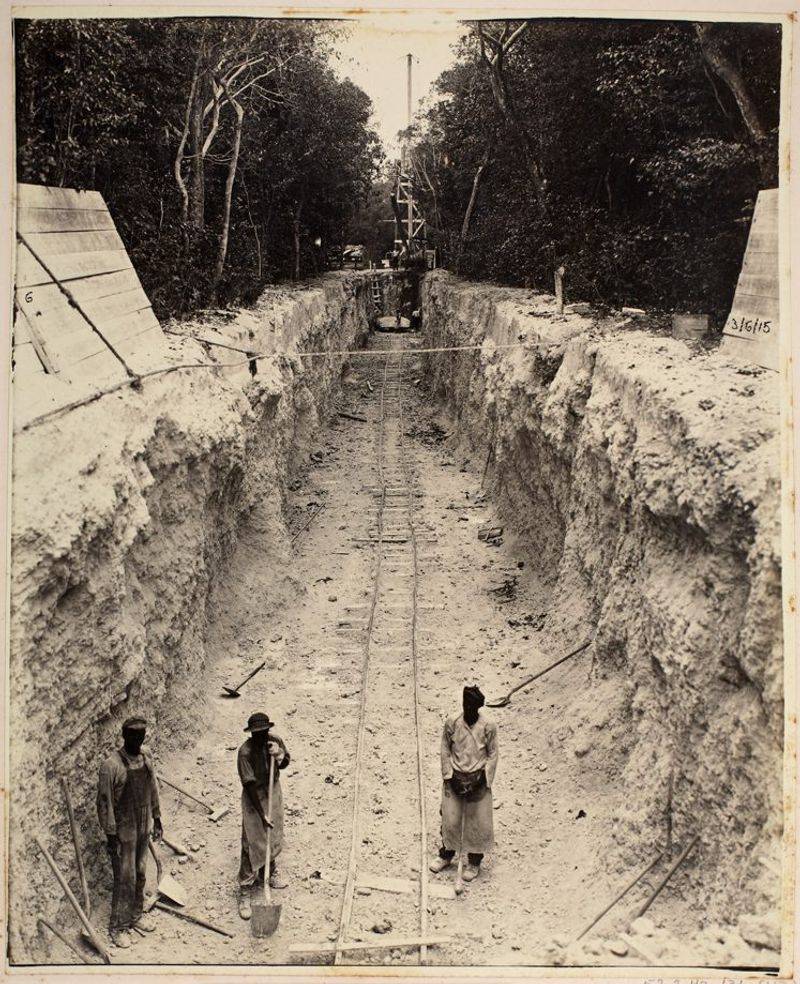
Hundreds of Italian artisans camped on-site while creating James Deering’s dream villa.
This behind-the-scenes photo reveals the massive undertaking to transform mangrove swamps into one of America’s grandest estates.
Barges delivered European antiquities and marble directly to the waterfront property.
Local Bahamian workers cleared the dense vegetation by hand, battling mosquitoes and snakes while laying the groundwork for gardens inspired by Renaissance Italy—an audacious vision in frontier Florida.
17. Art Deco District Before Preservation, 1970s
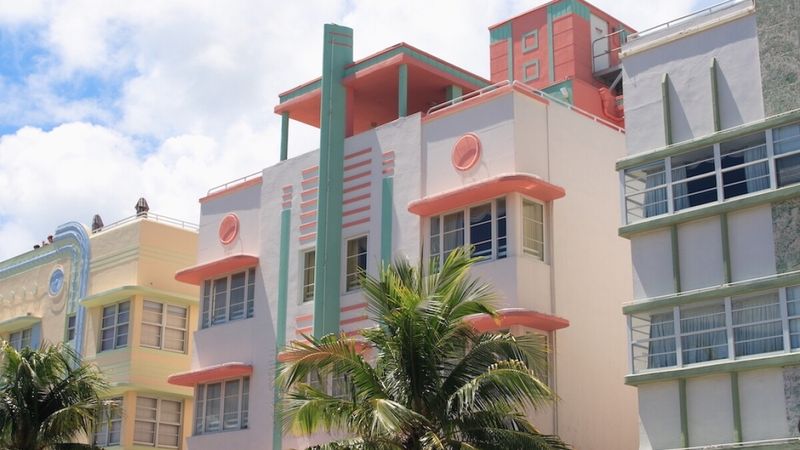
Faded and neglected, South Beach’s architectural treasures teetered on the brink of demolition.
Elderly residents sat on deteriorating porches while developers circled with bulldozers, eyeing prime beachfront property. Neon signs hung broken above empty storefronts.
The once-glamorous hotels housed impoverished retirees, their pastel facades crumbling—a far cry from today’s meticulously restored playground for the beautiful and wealthy.
18. Overtown’s Thriving Nightlife, 1950s

Neon lights illuminated “Little Broadway,” where legendary performers like Billie Holiday and Count Basie entertained integrated audiences despite segregation laws.
Overtown’s nightclubs jumped until dawn while taxis waited to shuttle white patrons back to Miami Beach hotels. Sharply dressed couples lined up outside the Lyric Theater.
This vibrant cultural hub provided opportunities for Black entrepreneurs and artists before interstate construction tore through the neighborhood in the 1960s, displacing thousands and fragmenting this once-thriving community.
19. Miami’s First Skyscraper, 1925
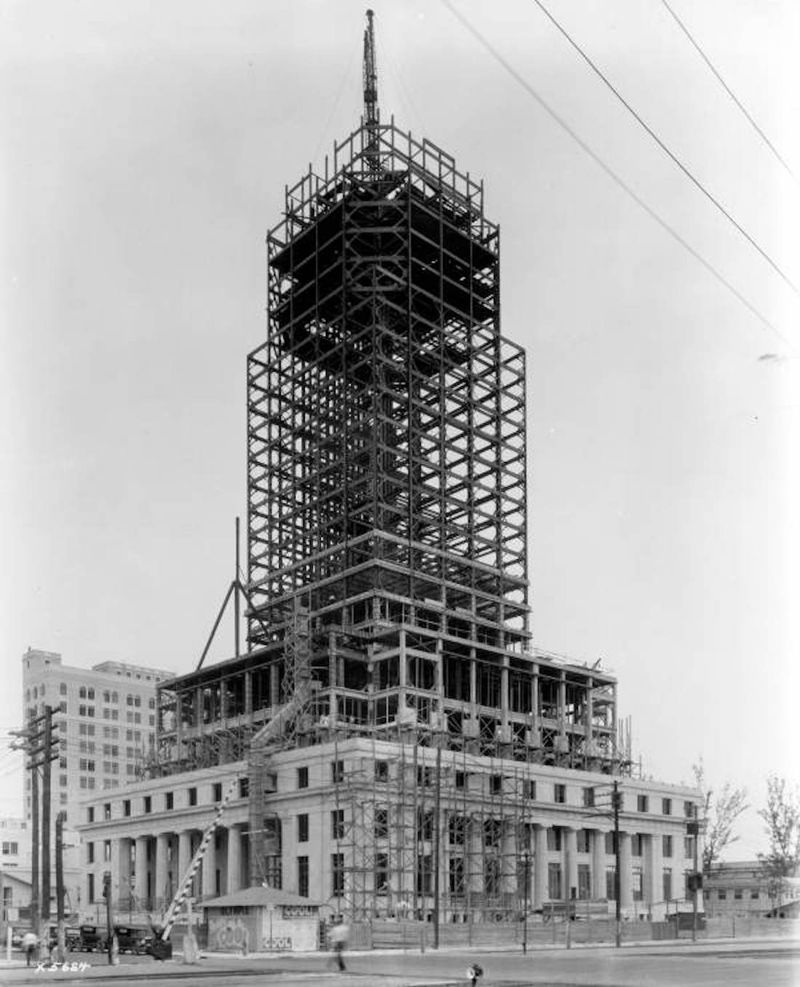
Rising dramatically above the flat landscape, the 17-story Miami News Tower (later Freedom Tower) dominated the skyline as the city’s first true skyscraper.
Construction workers posed fearlessly on steel beams, their feet dangling over the growing metropolis below.
Modeled after Seville’s Giralda Tower, this architectural statement announced Miami’s ambitions to the world.
Horse-drawn carriages still shared downtown streets with automobiles when this pioneering structure forever changed the city’s vertical profile.
20. Cocaine Cowboys Era, Early 1980s
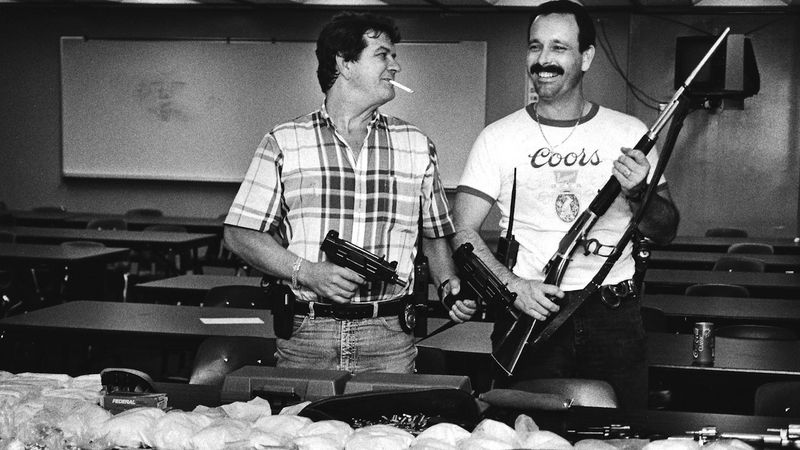
Federal agents examined a seized cigarette boat loaded with hidden compartments designed for drug smuggling.
Miami’s transformation during the cocaine boom shocked longtime residents as money laundered through real estate dramatically altered the skyline.
Luxury cars with tinted windows cruised Ocean Drive while shootouts occurred in broad daylight.
This rare police evidence photo captures the machinery behind the narcotics trade that brought unprecedented violence and wealth to South Florida, inspiring countless movies and TV shows.
21. Miami Beach Holocaust Survivors, 1960s
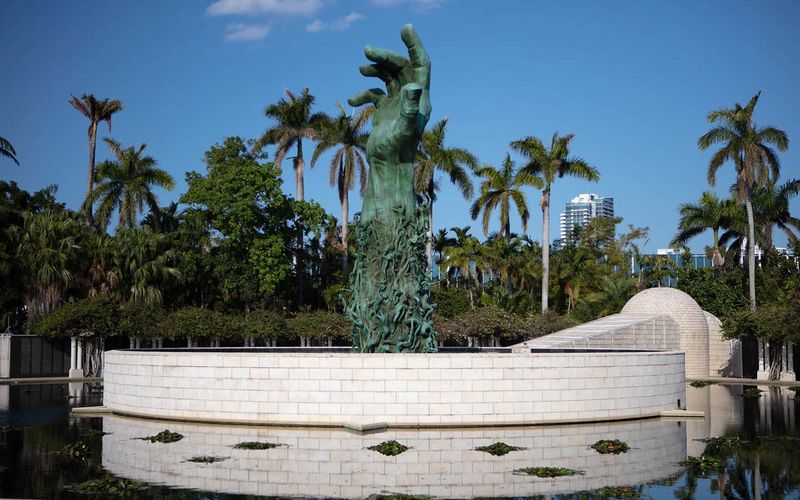
Elderly survivors gathered daily on South Beach benches, forming a tight-knit community in their twilight years.
Many chose Miami’s warm climate after enduring European winters in concentration camps, finding comfort among fellow immigrants who shared their language and experiences.
Women compared grocery bargains while men played intense chess matches.
This poignant image captures their dignified resilience decades before South Beach became an international playground, preserving the memory of a remarkable generation that found peace in this sunny corner of America.
22. Fontainebleau Opening Night, 1954

Diamonds sparkled under chandelier light as Miami Beach’s most glamorous hotel welcomed Hollywood royalty on opening night.
Designed by Morris Lapidus, the curved Fontainebleau challenged architectural conventions with its flamboyant “Miami Modern” style.
Frank Sinatra held court at the lobby bar while photographers jostled for celebrity shots.
Local socialites who had secured invitations mingled with movie stars, marking Miami’s arrival as an international destination that could rival the French Riviera for glitz and sophistication.
23. Miccosukee Tribe in Traditional Dugout Canoes, 1920s
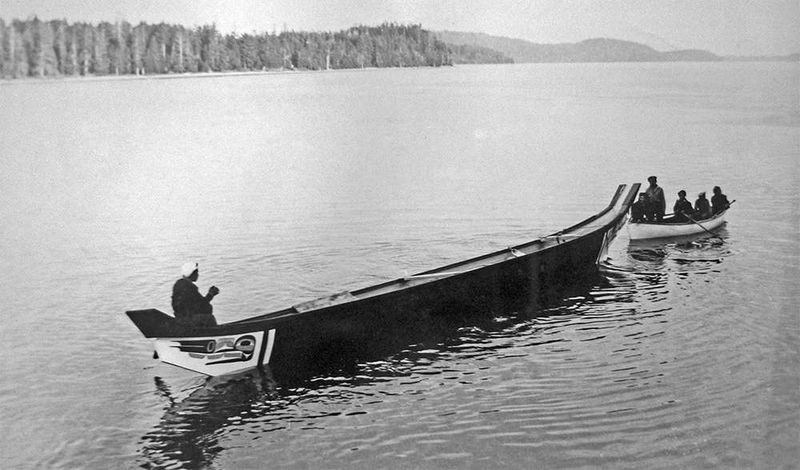
Skilled indigenous navigators poled through Everglades waterways in cypress dugout canoes, maintaining ancient traditions despite encroaching development.
This rare photograph documents traditional Miccosukee transportation methods that remained practical long after automobiles dominated elsewhere.
Women wearing colorful patchwork clothing balanced children and goods in the narrow vessels.
Their intimate knowledge of water trails and hidden islands allowed the tribe to resist forced relocation, preserving their unique culture within the River of Grass.
24. Coral Castle Under Construction, 1930s

Latvian immigrant Edward Leedskalnin worked alone by lantern light, somehow moving massive coral blocks without modern equipment.
Local children reported seeing the diminutive man singing to stones that appeared to float into position at his mysterious South Florida monument.
This rare nighttime photograph fueled speculation about Leedskalnin’s methods.
The eccentric builder claimed to know the secrets used to build the Egyptian pyramids, taking his construction techniques to the grave and leaving behind one of Florida’s most enduring mysteries.
25. Miami’s First International Airport, 1928
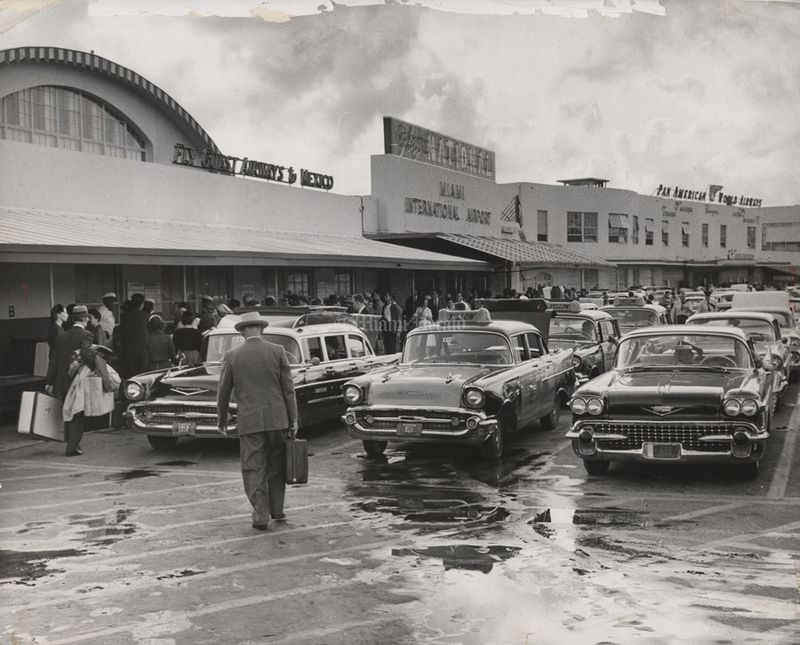
Biplanes and early passenger aircraft lined the grassy field of Miami’s original international airport.
Daring pilots who pioneered routes to Cuba and the Bahamas became local celebrities, their leather jackets and white scarves symbolizing glamorous adventure.
Passengers dressed formally for flights that cost a month’s wages. This photograph captures people walking to the airport, documenting Miami’s early role as America’s gateway to Latin America and the Caribbean.
26. Miami Vice Television Production, 1984

Don Johnson and Philip Michael Thomas posed with their iconic Ferrari between takes on Ocean Drive.
The groundbreaking television series transformed Miami’s image worldwide, showcasing its pastel architecture and tropical beauty during a time when crime dominated headlines.
Local businesses eagerly welcomed film crews that brought international attention. This behind-the-scenes photo reveals actors relaxing on the set in between takes.
27. Swimming Pool At Vizcaya’s Grotto, 1979

The swimming pool at Vizcaya’s grotto offers a haunting glimpse into Miami’s opulent past.
Nestled beneath the ornate villa, the pool blends natural rock with Renaissance flair, creating a hidden sanctuary of elegance and mystery.
Though weathered by time, its archways, mosaics, and quiet stillness capture the spirit of the Gilded Age.
A favorite subject for photographers and history lovers alike, the grotto remains one of Vizcaya’s most evocative and enchanting architectural features.
28. The Hotel Halcyon in North Beach, 1920s
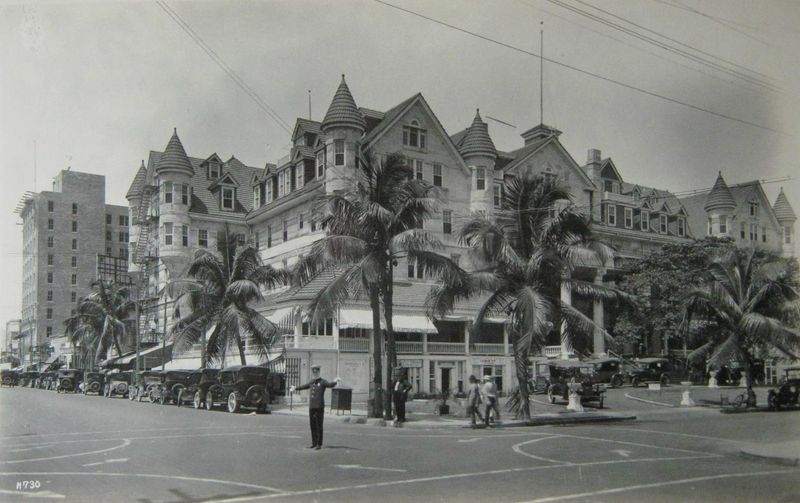
The Hotel Halcyon—a beacon of roaring 20s elegance amidst Miami’s sandy shores. Imagine flapper dresses swaying to jazz beats as Model T Fords trundle by.
This hotel was more than just bricks and mortar; it was a haven for the jazz-age elite seeking sun-soaked leisure.
In its heyday, the Halcyon hosted Gatsby-esque parties under the starlit Miami sky. Every summer, beachgoers flocked to its grand halls, making waves in their stylish swimsuits.
29. Bayfront Park Marina, Miami 1920s
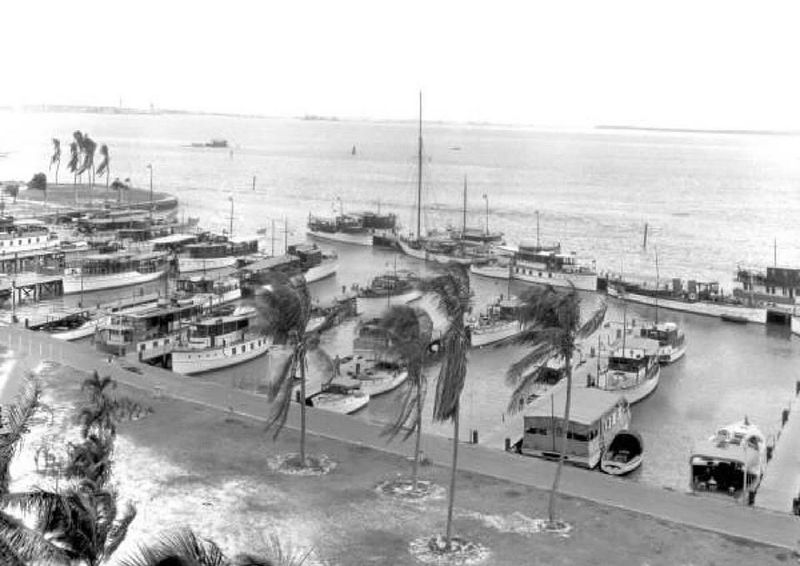
Ah, the Bayfront Park Marina, where the sea and sky sealed their eternal pact! In the 1920s, this marina was the launchpad for adventurers and dreamers alike.
Boats bobbed like corks, eager to set sail into the azure unknown. Tales of the sea’s bounty were exchanged over clam chowder at nearby cafes.
The marina was not just a mooring point; it was a canvas for Miami’s maritime dreams. From seasoned sailors to wide-eyed tourists, it welcomed all.
